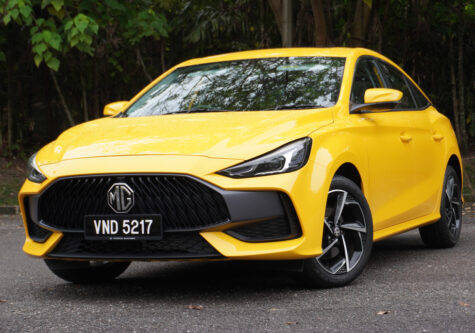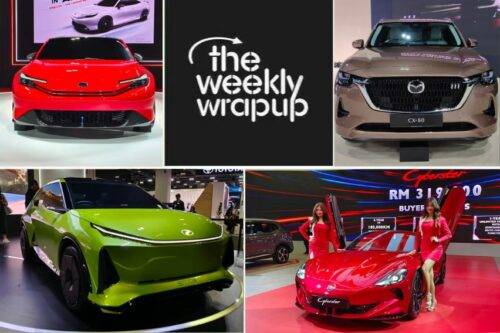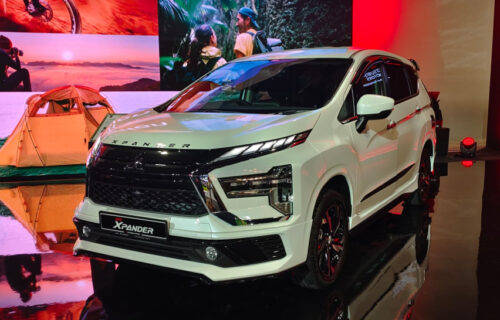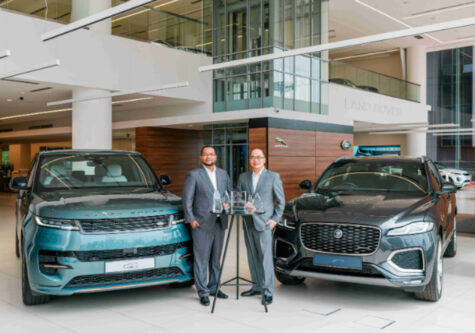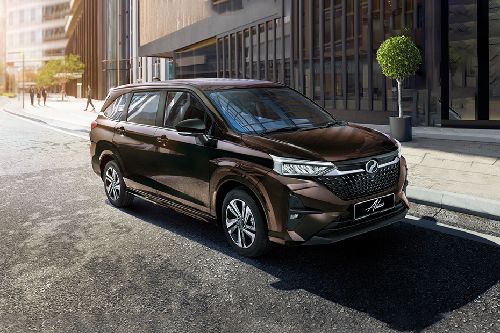The differences between the many gearboxes on offer

We explain why there are many different types of automatic gearboxes today.
If you are less of a car enthusiast, you might be a little confused with the term ‘transmission’ in a vehicle review. Well, the term ‘transmission’ is famously used in North America and it also means gearbox. Simple, understood?
Now in the next few paragraphs we will try and explain a decade old issue that comes across our email inbox once in a while when non car enthusiasts ask us why and what and how is it that some cars have a 4-speed auto gearbox and some others have a 9-speed auto gearbox. Also, do more gears deliver better results.

Well, let's start with the evolution of this once humble piece of machinery. Our earliest memory of an automatic gearbox was a 3-speed gearbox in our 1981 VW Golf 1.6L. It was a simple system that worked with a decade old engine technology. In city driving it was a charm to use and when you got on an open road and went past 70 kmph it showed its in-efficiency as the 3 ratios kept the engine revolution past 4,000 rpm which sucked more fuel.
Then came the 4-speed gearbox in the late 1980’s which brought the engine revolution to 3,000 rpm when you are cruising at 70-80 kmph. By this time, the gear shifts from first to fourth were less ‘jerky’. Soon after we had a Honda Civic with a 5-speed automatic gearbox that produced smooth shifts from standstill and even at 110 kmph on the tolled highway the engine revolution was below 2,800 rpm.
As you can tell by now, as the gearbox went from 3-speed to 5-speed, it became smoother and the engine revolution at higher speeds came down which in turn reduced fuel consumption and also emissions.

It was also quieter and produced less engine ‘noise’ coming into the cabin. By the 2000’s car manufacturers were jostling for market share and they were spending on research and development to get faster shifting automatic gearboxes and the ‘dual-clutch’ gearbox arrived. Made popular in the 2005 VW Golf Mk5 GTi, the dual-clutch or DSG was hailed as the fastest and smoothest shifting automatic gearbox and it aided in great engine performance and lower fuel consumption. Other car manufacturers followed quickly and the DSG took on a variety of gears. Some were 6-speed and some others 7-speed.
The technology sounded great but it was soon very unreliable and started failing. Costs were high and owners were unhappy. Car manufacturers who were still providing a simple 5-speed or 6-speed auto gearbox were smiling as their cars were not failing and owners were happy.
Then by the early 2010’s the DSG had been remanufactured and all German car manufacturers were having either a 7-speed or an 8-speed dual clutch gearbox which delivered 15-18 percent less fuel and faster gear-changes. By 2013, the 9-speed automatic gearbox arrived from German gearbox manufacturing giant ‘ZF’ and BMW started using them.

The Japanese car manufacturers were still working with 6-speed automatic gearboxes. This pushed the development of gearboxes into ‘high gear’ and in 2016, Toyota released the 8-speed direct shift gearbox and also the 10-speed close ratio direct shift sports gearbox. Both were lightweight gearboxes with much improved fuel consumption and very quick shock-free gear-changes.
The Japanese had ‘taken their time’ to deliver a quality and reliable gearbox and with 10-speed, they were leading the German ZF 9-speed gearbox in faster speed, lower weight and higher efficiency.

Today however, simple cars like the Perodua Myvi and the Nissan Almera use a continuously variable transmission (CVT) which is an automatic gearbox that can change the ratios seamlessly through the gear ratios. It uses a belt system with two pulleys and works best with small engine vehicles.
Then there are manual gearboxes which have the driver using their left leg to engage the clutch and their hand to decide which gear to be shifted. Over the years less car manufacturers are offering manual gearboxes as drivers get lazy and traffic gets worse.
Sports cars like the Mazda MX-5 roadster, the all new Nissan Z and some Porsche and McLaren supercars can still be purchased with a manual gearbox.

Until a year ago, the humble Perodua Myvi also had a manual version but that was retired as less than 1 percent of Myvi buyers decided to shift gears themselves.
Also read: Should car dashboard cameras be compulsory in Malaysia?
Sell your car at the best price
 Verified and genuine buyers
Verified and genuine buyers
Trending & Fresh Updates
- Latest
- Popular
You might also be interested in
- News
- Featured Stories
Featured Cars
- Latest
- Upcoming
- Popular
Latest Car Videos on Zigwheels










